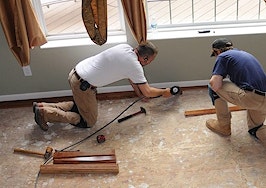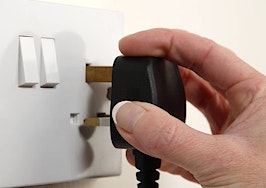- Home improvement spending is expected to pick up heading into 2016, according to a recent report released by Joint Center for Housing Studies of Harvard University.
- Annual spending on home remodeling projects will increase from 2.4 percent in the second quarter of this year to 6.8 percent by the same quarter next year.
- Still to be determined, however, is how these gains will be affected by current slowdowns in shipments of building materials and remodeling contractor employment trends.
Riding on the coattails of positive housing market conditions, home improvement spending is expected to pick up heading into 2016, according to a recent report released by Joint Center for Housing Studies of Harvard University.
The report, called the Leading Indicator of Remodeling Activity (LIRA) and released by the university’s Remodeling Futures Program, projects that annual spending on home remodeling projects will increase from 2.4 percent in the second quarter of this year to 6.8 percent by the same quarter next year.

“Home improvement spending continues to benefit from the last years’ upswing in housing market conditions, including new construction, price gains, and sales,” said Chris Herbert, managing director of the Joint Center.
[Tweet “Home improvement spending is expected to pick up heading into 2016.”]
“Strengthening housing market conditions are encouraging owners to invest in more discretionary home improvements, such as kitchen and bath remodeling and room additions, in addition to the necessary replacements of worn components such as roofing and siding.”
“Strengthening housing market conditions are encouraging owners to invest in more discretionary home improvements, such as kitchen and bath remodeling and room additions, in addition to the necessary replacements of worn components such as roofing and siding.” – Chris Herbert, managing director of Harvard’s Joint Center for Housing Studies
Still to be determined, however, is how these gains will be affected by current slowdowns in shipments of building materials and remodeling contractor employment trends.
Abbe Will, a research analyst for the Remodeling Futures Program, said restrictive consumer lending environments are also lowering remodeler sentiment, which “could keep spending gains in the mid-single digit range going forward.”
LIRA, measured as an annual rate-of-change of its components, provides a short-term outlook of homeowner remodeling activity and is intended to help identify future turning points in the business cycle of the home-improvement industry. The next LIRA report is expected to be released in January 2016.




